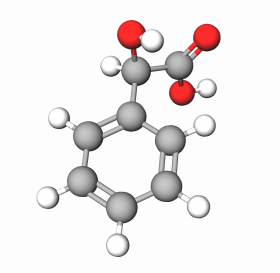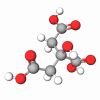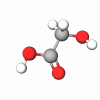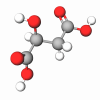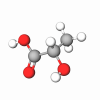Mandelic acid is an alpha-hydroxy acid AHA with an aromatic ring, partially soluble in water and alcohol. It was initially synthesized by German pharmacist Winckler in 1831, who heated amygdalin derived from bitter almonds with hydrochloric acid.
It is a stronger acid than glycolic acid (the most famous AHA used in skincare), but epidermal penetration is lower due to the larger molecule size. Thanks to these properties, mandelic acid is a milder exfoliating agent and does not irritate the skin.
It's a gentle chemical peel, and the tropical application doesn't cause skin reddening and effectively eliminates old, dull, and dead keratinocytes from the surface. Like other AHAs, it produces a metabolic effect in the skin, exfoliates the epidermis, lightens hyperpigmentation, and regulates sebum production. Multiple studies with formulations containing mandelic acid showed a reduction of discoloration and wrinkles, visible improvement in the condition of acne-prone skin.
This hydroxy acid has structural similarities with some antibiotics and leaves a significant antibacterial valuable effect in acne treatment. In addition, mandelic acid enhances the beneficial effects of other ingredients in formulas. For example, it enhances Vitamin C's antioxidant effect, promotes salicylic acid (BHA) penetration, and speeds up regeneration processes. It also reduces inflammatory changes in skin tissue after acne and other infections.